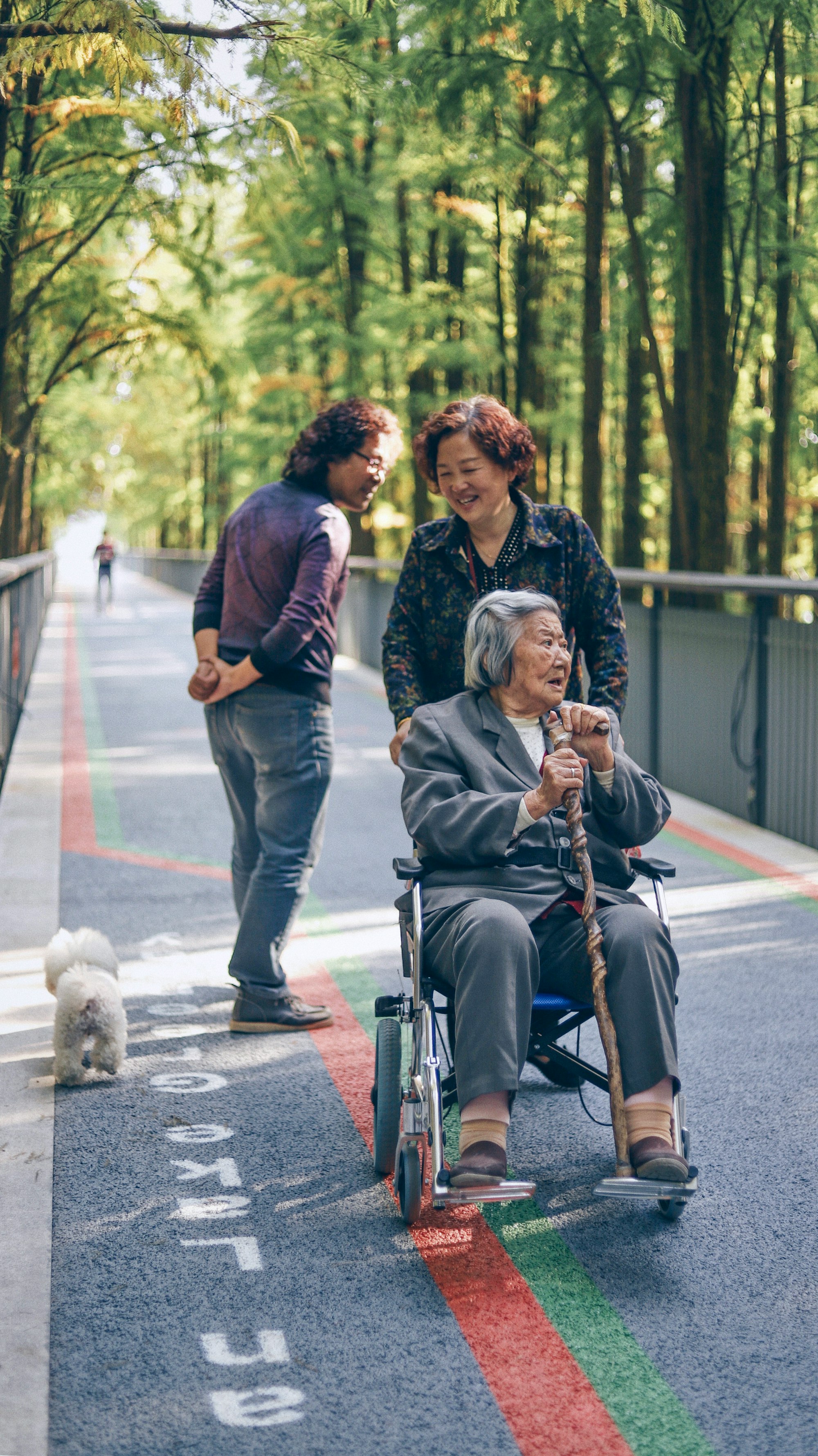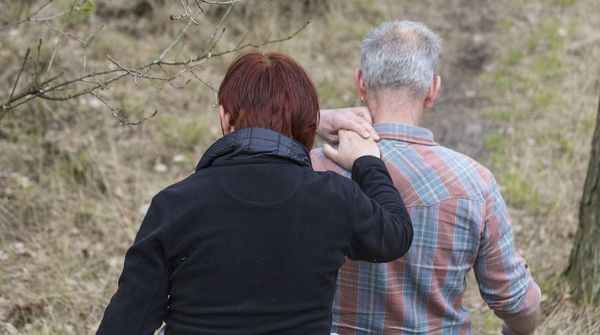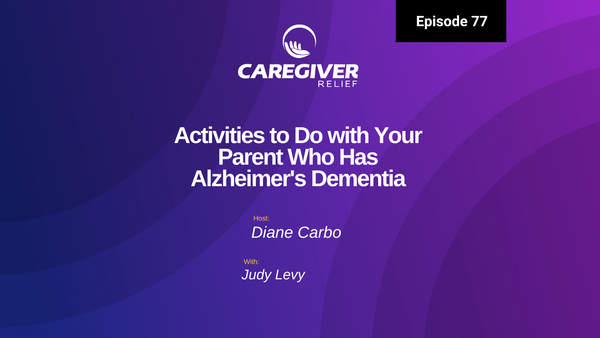Home Modifications for Elderly: Meet Mike Shina CAPS
Mike Shina of Windsong Properties in Somerset, Georgia offers expert advice on universal home design and easy modifications to accommodate changing needs.

Looking for home modifications for elderly parent? Talk to a Certified Aging in Place specialist.
Certified Aging In Place Specialist
“To a young couple, a house that is universally designed will seem more open and spacious. To someone with health or mobility issues, it will seem both beautiful and functional with its accessible entry point and wider doorways and hallways. “
Mike Shina Certified Aging In Place Specialist
Meet:
Mike Shina
Windsong Properties
Somerset, Georgia
Phone 678-409-6475
Interview with Diane Carbo and Mike Shina
Diane:
Mike, my goal is to help aging individuals make their home their partner as they age. Can you tell me when is a good time to begin to make changes in the home?
Mike:
The best way to “partner” with your home, is to purchase a home that can adapt to one’s changing needs.
Houses that are “Universally Designed” are constructed to do just that. They feature an accessible entry point to the house, as well as wider doors and hallways that can accommodate wheelchairs.
Often times, at framing, structural blocking will be installed at key places to accommodate any future need for grab bars. Many other features can be incorporated into the design and building process that can insure the ability of the home to meet the changing needs of the homeowner.
If you are already living in your house and do not wish to move, there are many options. Swapping your standard height toilets to “comfort height” raised toilets, installing grab bars in showers and bathrooms are options that are easy to execute. If getting up and down the stairs is becoming an issue, you can install a lift chair or elevator to take you between floors.
Often times, the master bedroom will be on the second floor. If this is the case, converting main floor space into a bedroom is an option. Installing a full bath on the main floor may be needed if presently there is only a 1/2 bath in this instance. Garage space can be converted to living space as well, although there is additional work that will need to be done to meet building code and ensure safety.
Kitchens can be remodeled to allow for easier accessibility.
Diane:
What are the first steps an individual that wants to remain in their home consider taking to prepare for aging in place?
Mike:
A home assessment by a Certified Aging-in- Place Specialist is a good place to start.
The CAPS professional will visit the home and discuss the homeowner’s specific situation. The CAPS will assess their individual situation, and then explain the options available that will best meet their needs and budget.
Diane:
Can you make some inexpensive recommendations that may be helpful to any aging senior now?
Mike:
A raised “comfort height” toilet is important as you age. Grab bars in both the water closet and shower for safety is important as well.
More on home modifications for elderly parents wanting to remain in their homes as they age:
Diane:
Most aging seniors live on a fixed income. Are there any green modifications that would help to lower heating, air conditioning costs and water usage in the future?
Mike:
Many local governments have programs in place, at no charge to seniors, in which a contractor will caulk doors and windows and will do other work to make the house more energy efficient.
Call your local government to find out what programs may be available to you.
For new construction, the National Home builders Association has a Green Building Program, as do many of the local associations. Here in Atlanta, Earth Craft House, is recognized nationally as one of the best in the industry.
Diane:
Mike, what are the most important factors an aging senior should consider when planning to age in place?
Mike:
Proximity to a hospital and to their health care provider is very important in deciding where to age in place. Other factors include proximity to friends, loved ones, or primary caretaker.
Accessibility is obviously important, in that the home must be able to adapt to the needs of the homeowner(s). Visibility is also important. Can friends who have mobility issues come over and visit? This will aid in preventing feelings of isolation.
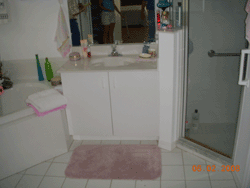
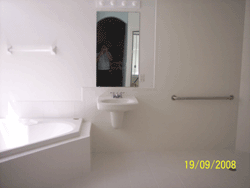
Diane:
Falls are the number one independence robber for aging seniors. Is there access into the house that does not involve climbing stairs?
Mike:
The Easy Living Home certification program (easylivinghome.org) ensures at least one entry point is accessible, and is a good resource for potential homebuyers.
Can they live on the first floor comfortably, or do they need to climb stairs to bathe, sleep, etc. Eliminating the use of stairs, or installing a lift or elevator can greatly decrease the likelihood of a fall.
Have safety precautions been taken around the home? Grab Bars and decorative bath hardware designed for support and installed into structural framing members can help prevent falls.
Is there adequate lighting in the house? If not, additional lighting may be needed. All of these questions need to be addressed in order to help prevent accidents.
Diane:
The bathroom is where most of these falls occur. What recommendations can you make to make a bathroom safe for the aging senior?
Mike:
Decorative grab bars are now available. They provide support without the institutional look of traditional grab bars and match most popular finishes. Structural accessory hardware is also available (toilet paper holders, towel racks).
It is important to note that these should be installed directly into structural framing members.
CAPS professionals do not recommend drywall anchors, as they can fail and cause injury.
Transfer Showers and Tubs can aid those with mobility issues. If these suggestions do not meet your needs, there are many products available that can accommodate almost any need, however, a complete bathroom remodel may be required.
Diane:
I always feel that for every problem there is a solution. Does this apply to making changes in the home using Universal design principles?
Mike:
I would agree with that statement.
The Universal Design movement is the future of building. The market is currently demanding it. And as the millions of Baby Boomers begin to enter their senior years, demand will increase.
Universal Design is integral to the idea of sustainable home building. The idea of building “Homes for Life” means saving our natural resources. Homes must be designed to grow with the changing needs of the home buyer.
To a young couple, a house that is universally designed will seem more open and spacious. To someone with health or mobility issues, it will seem both beautiful and functional with its accessible entry point and wider doorways and hallways.
Diane:
Can you share stories and photos of utilizing universal design in an established home that assisted your client to remain in their present home environment?
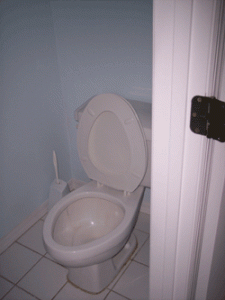
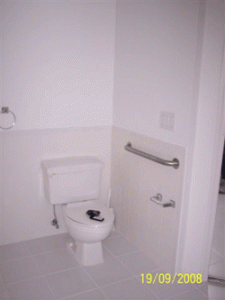
Discover the Benefits of Aging in Place: Stay in the Comfort of Your Own Home
While assisted living communities offer convenience and luxury, many seniors prefer to age in the familiarity of their lifelong homes and neighborhoods. If you want to learn how to make your home more aging-friendly, keep reading for top home modifications and innovative assistive technologies that promote independence.
Reasons to Choose Aging in Place
With increasing life expectancy and positive societal factors like education and work opportunities, more people than ever are choosing to age in place. Avoid the high costs of senior living communities and maintain the close connections with your loved ones and neighbors by staying in your own home. Don't worry if your home wasn't designed for long-term care - there are plenty of options available to help you comfortably age in place.
Top Home Modifications for Seniors Aging in Place
Widen Doorways: Make your home more navigable for mobility aids like wheelchairs and walkers by widening doorways. The cost varies depending on your specific needs and home layout.
Install Ramps: Say goodbye to challenging exterior stairs by installing ramps that provide greater independence. Licensed contractors can ensure the ramps are built to the correct height and rise for seniors. You can also consider non-permanent, mobile versions for easy installation.
Kitchen Modifications: Adjust the counter height and lower the sink to accommodate a seated position for easier access. Consider placing microwaves in stands instead of elevated cabinets to simplify usage.
Shower and Bathtub Modifications: Replace traditional tubs with walk-in showers for easier entry and exit. If you want to keep your existing bathtub, add safety features like bars and strips to prevent slips and falls. Another option is a bathtub transfer bench, which allows seniors to sit safely while getting into the tub.
Affordable Bathroom Safety Modifications: Receive free quotes for bathroom safety modifications and explore cost-effective alternatives to keep your existing bathtub safe. Safety bars and strips are simple additions that can prevent accidents.
Experience the freedom and security of aging in place with these home modifications. Don't let the limitations of traditional senior living hold you back - take control of your independence at home.
Meet out other certified aging in place specialists:
Jaimie Goldberg
Jonathan Greaves
Scott Anderson
David Foley
You might also like this article:

